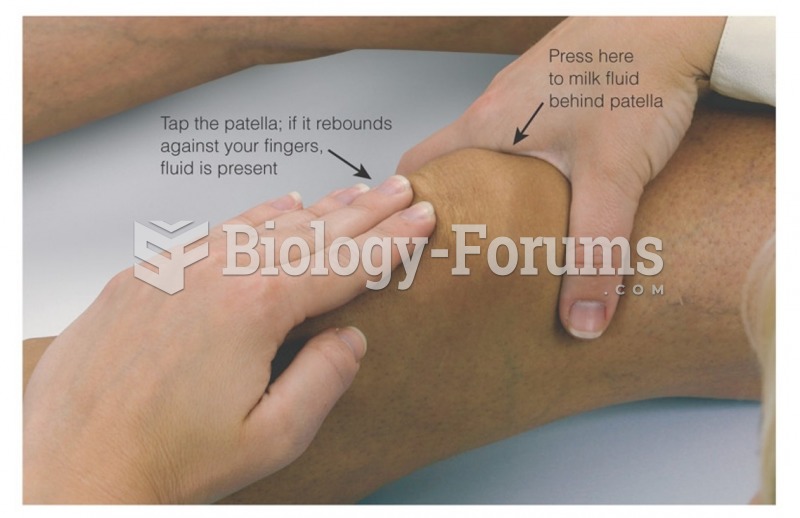|
|
|
Although puberty usually occurs in the early teenage years, the world's youngest parents were two Chinese children who had their first baby when they were 8 and 9 years of age.
Eat fiber! A diet high in fiber can help lower cholesterol levels by as much as 10%.
The longest a person has survived after a heart transplant is 24 years.
In 1844, Charles Goodyear obtained the first patent for a rubber condom.
Hypertension is a silent killer because it is deadly and has no significant early symptoms. The danger from hypertension is the extra load on the heart, which can lead to hypertensive heart disease and kidney damage. This occurs without any major symptoms until the high blood pressure becomes extreme. Regular blood pressure checks are an important method of catching hypertension before it can kill you.







